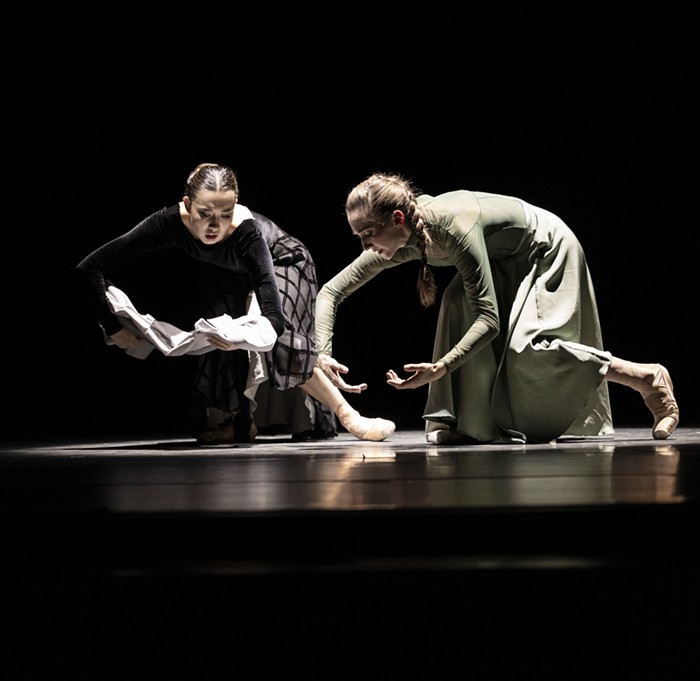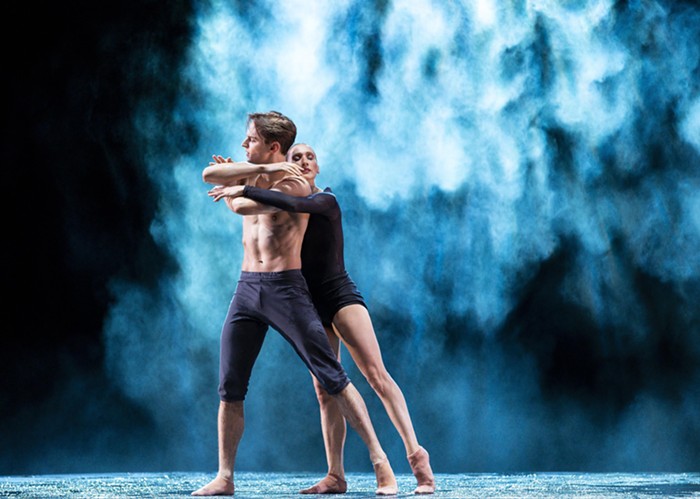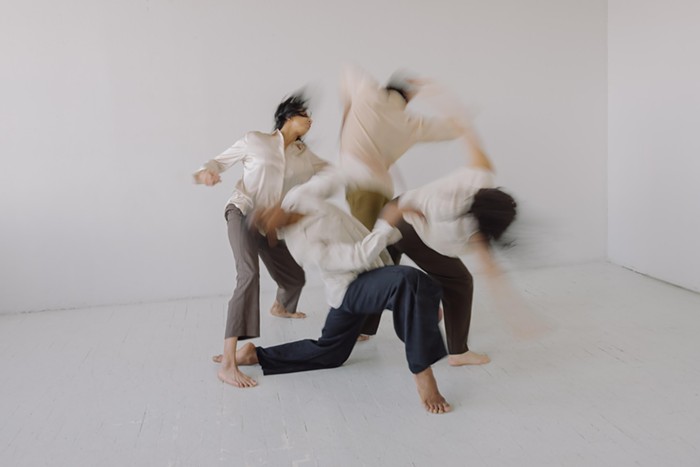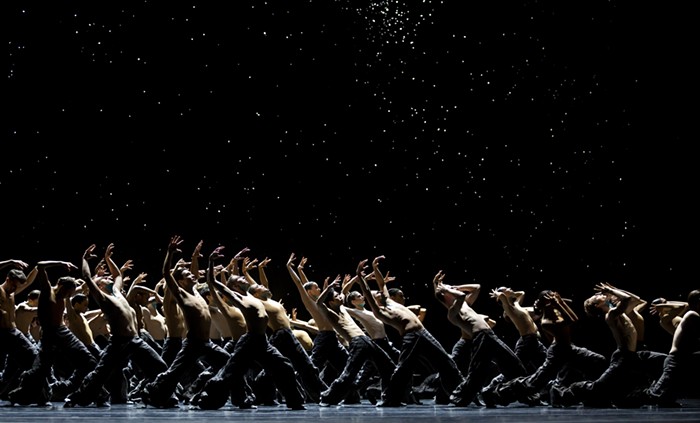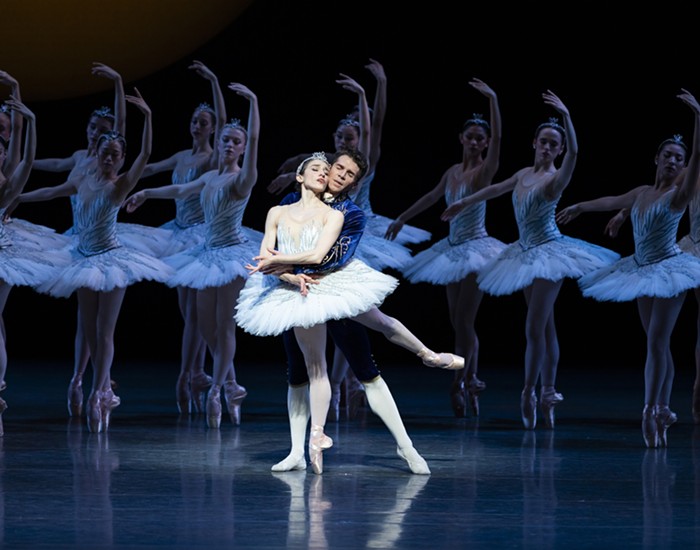
Staging international dance festivals on American soil was already a challenge, admits Seattle’s Cyrus Khambatta, the artistic director of Khambatta Dance Troupe (KDC), but the 2016 election has only made it worse.
He's presented international dance programs locally since 2006, but under the Trump administration the work is noticeably tougher. “Securing visas for our visiting dancers has been getting progressively more complicated and difficult for a variety of reasons,” Khambatta says, mentioning the rising cost of visas and the increased levels of scrutiny applied to his dancers.
But this year's production of The Seattle International Dance
Festival Winter Mini-Fest, which runs at Broadway Performance Hall over the next two weekends, proves that Khambatta remains steadfast and undeterred in his mission to open up cross-cultural communication through dance. This particular project unites his own troupe with Ciudad Interior Company (CIC), a group from Mexico City led by Alejandro Chavez.
From his side south of the border, Chavez has experienced his own fair share of problems in recent years. “We don’t have support from sponsors here in Mexico,” he explains. “We need to work and push very hard to continue each day.”
The two dance leaders first met in 2011 at the Seattle International Dance Festival, one of Khambatta’s larger productions. “I was very interested in his work,” Khambatta said. “His beautiful company of dancers are also very generous and kind in person, with not a hint of pretension.”
Chavez, for his part, praises the Khambatta Dance Troupe for “[dance] language with complexity, not just the [dancing] form.”
The KDC performs two shows the first weekend of the Mini-Fest. For the first piece, “Endangered Species,” Khambatta explained his process to me. “I had selected several pieces of music I wanted to use… I will often generate a small amount of material with a specific music in mind and then try another piece of music to see if/how it changes my perspective on the movement generated," he said. Through the rehearsal process, he then locks in the music, watching and adjusting as the dancers connect to each other, until they find the right cadences and merge with the music.
“Harmony 2X3,” by contrast, stems from a piece originally performed in Discovery Park. In the dance, Khambatta uses alternate versions of the same music to achieve what he calls “contrast in quality and character” through movement.
CIC’s one piece for that weekend is a Chavez creation, “Mercurio Rojo (Red Mercury).” Chavez says it refers to “the sense of the body—how we experience loneliness, loss, failure, the exposure of the private moments when we are weak. With all these feelings, we develop the piece.”
During the second weekend, CIC will present excerpts from a work in progress called “Proyecto Expediente (Project Files)." For this piece, the dancers entered a laboratory and cycled through specific movements while being clinically subjected to televised news programs and televised violence. Those findings then influenced the progression of the dance structure as a whole. The KDC show that weekend is “Light/Dark,” which examines relationships between three people with perspectives on the nature of changing relationships in the 21st century.
For the Mini-Fest’s finale, the troupes will present a pair of collaborative shows.
“It is a challenge,” Khambatta says of working with a different troupe, “but it can be very rewarding to pick up and just go with an idea, with little time for counter-reflection. It requires teamwork, conviction on the part of each dancer, and finding a rhythm of working together very quickly. It is rewarding because one must call upon one’s strengths and offer contributions that add to the process without distracting from the short time limitations.”
Chavez has his own particular approach: “I will try to keep the same kind of method as I always work. I will figure out how to reach the goals with feelings, images, movement, and risky situations. With the body and the senses. It’s important for me to try to find in each dance, some truth about them, not just the [dance] forms.”
Khambatta says he’s not quite sure where or when the two troupes will meet again. But he certainly looks forward to it. Chavez shares his feelings. In fact, he’d like to see the KDC visit the CIC’s territory sometime this year, or next.
“My dancers,” says Khambatta, “are always excited to meet other dancers in other countries—or here at the festival—to know what their lives are like and the conditions in which they create their work. It gives them a sense that they are creating their work with an awareness of our global community. I think it helps them feel like they are not creating in a bubble, but are connected to many artists in many other places doing the same thing that they are doing every day.”
